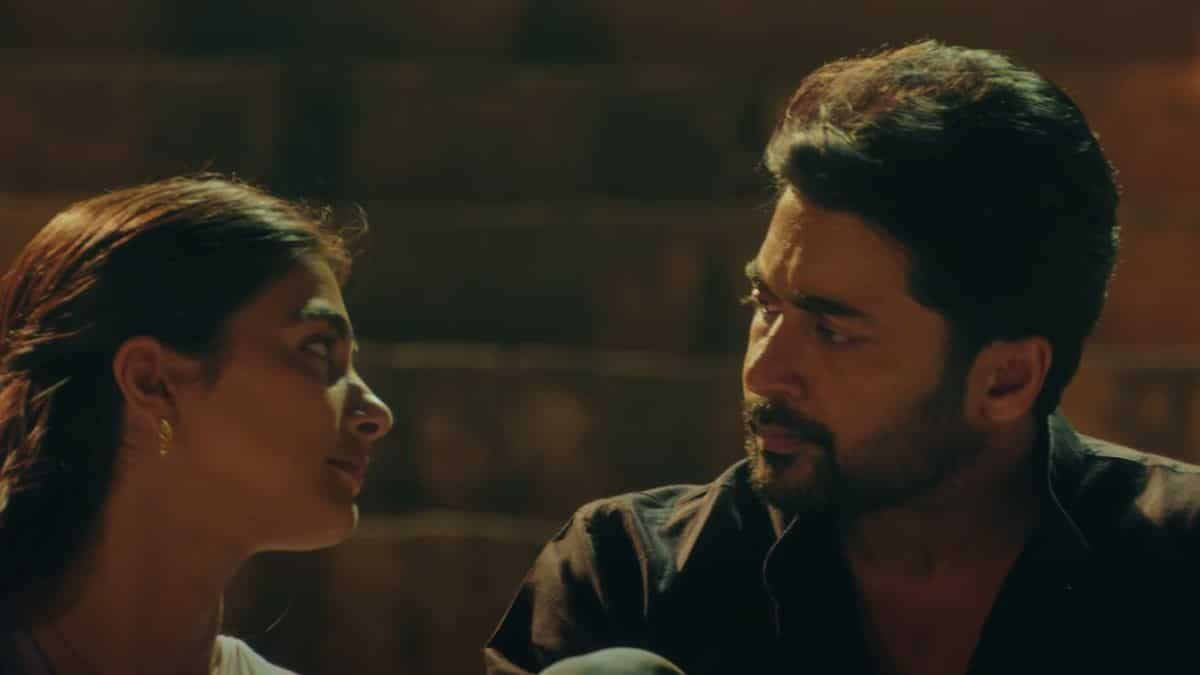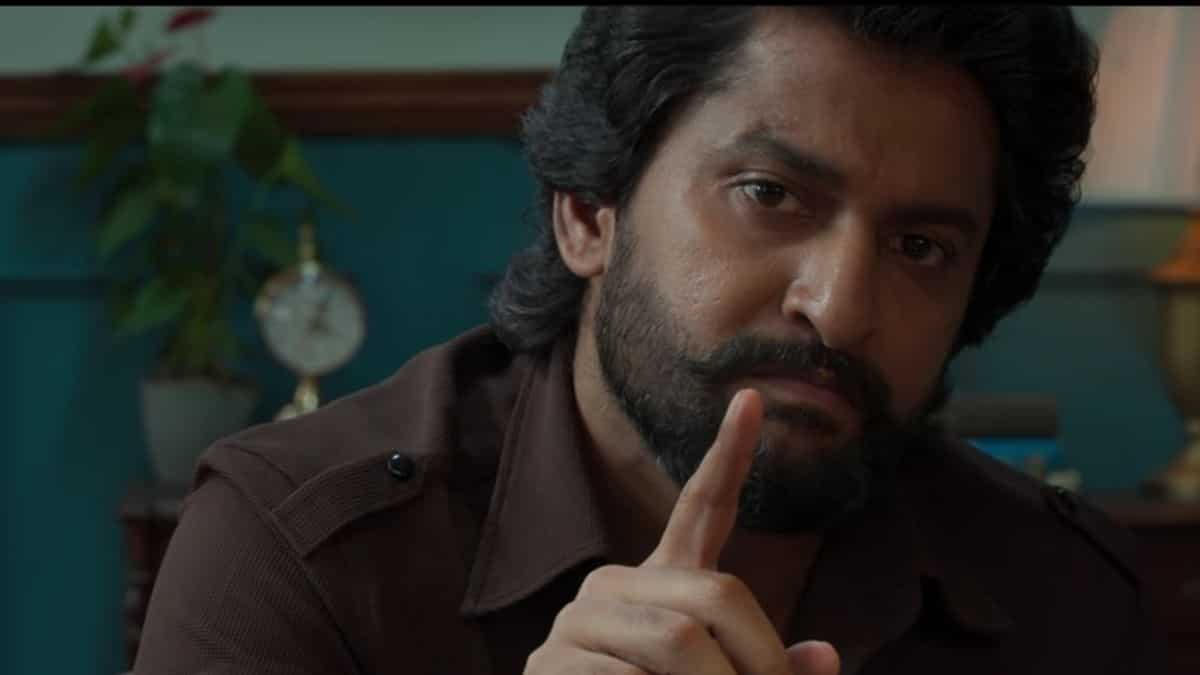
Rama Ekadashi 2024: Is Rama Ekadashi on October 27 or 28? Check correct date, auspicious time, vrat and other rituals
6 months ago | 5 Views
Rama Ekadashi 2024: Considered one of the most auspicious Ekadashis in the Hindu tradition, Rama Ekadashi falls on the eleventh day of the month of Kartik during Krishna Paksha in the Hindu calendar. Observed four days before Diwali (October 31 this year), it is also known as Rambha Ekadashi or Kartik Krishna Ekadashi.
Rama Ekadashi vrat is dedicated to the Lord Vishnu, the protector of the world, and is considered one of the most important Ekadashi fasts, as people who follow it diligently are believed to atone for all their sins.
From the correct Rama Ekadashi 2024 date and puja rituals to significance, read on for all you need to know:
When is Rama Ekadashi 2024: Date, shubh mahurat
According to the Vedic calendar, Ekadashi Tithi of Krishna Paksha of Kartik month will start on October 27 at 05:23 am and will end on October 28 at 07:50 am. As per drikpanchang.com, Rama Ekadashi will be celebrated on Monday, October 28 this year. On October 29, the Parana Time is from 05:55am to 08:13am, while the Parana Day Dwadashi end moment is 10:31am.
Parana means breaking the fast. Ekadashi Parana is done after sunrise on next day of Ekadashi fast. It is necessary to do Parana within Dwadashi Tithi unless Dwadashi is over before sunrise. Not doing Parana within Dwadashi is similar to an offence, according to Hindu tradition.
More about Rama Ekadashi vrat
At times Ekadashi fasting is suggested on two consecutive days. It is advised that Smartha with family should observe fasting on first day only. The alternate Ekadashi fasting, which is the second one, is suggested for Sanyasis, widows and for those who want Moksha. When alternate Ekadashi fasting is suggested for Smartha it coincides with Vaishnava Ekadashi fasting day. Ekadashi fasting on both days is suggested for staunch devotees who seek for love and affection of Lord Vishnu.

Rama Ekadashi puja rituals
After taking a holy bath in the early hours of the morning, devotees dress up for the day. During the Rama Ekadashi pooja, they emphasise unwavering devotion and commitment. Making a promise to keep a dedicated fast and refrain from wrongdoing is a crucial part of the ritual.
Idols of Lord Vishnu and Goddess Laxmi are set up during Rama Ekadashi, a diya is lit and sweets, flowers and vermillion are offered as part of the pooja. Devotees offer panchamrit and tulsi patra, which are said to be necessary for a complete pooja, to appease Lord Vishnu.
During the evening Rama Ekadashi pooja, bhog prasad is offered to Lord Vishnu, the Vishnu Sahastranaam and Shree Hari Stotram are recited and Lord Vishnu's aarti is chanted. On Dwadashi Tithi, the fast technically ends, but those who can't bear the hunger can have bhog prasad in the evening. Bhog prasad, which includes fried potatoes, dairy products and fruits, is considered satvik. Devotees break their fast with a satvik meal after the evening aarti and then eat bhog prasad with relatives. It is customary to go to a temple on Rama Ekadashi, and seek the blessings of Lord Vishnu or Lord Krishna. Fasting participants should abstain from harmful activities such as gambling and gossiping about other people.
Rama Ekadashi significance
According to Hindu scripture, after the holy Rama Ekadashi vrat, devotees can attain salvation by absolving themselves of the sins of their past and present karmas. This includes those afflicted with the sin of Brahm Hatya, the murder of a Brahmin. People who fast on Rama Ekadashi are said to go directly to the dominion of Lord Shri Hari, VaIkunth dhaam. One Rama Ekadashi vrat is equal to one hundred Rajasuya Yagyas or one thousand Ashvamedha Yagyas.
Those who worship Lord Vishnu with great devotion and devotion receive wealth, health and prosperity. Lord Vishnu also grants his devotees the fulfilment of their wishes.
Read Also: Diwali 2024: Dos and don'ts to make the festival of light safe and enjoyable





















